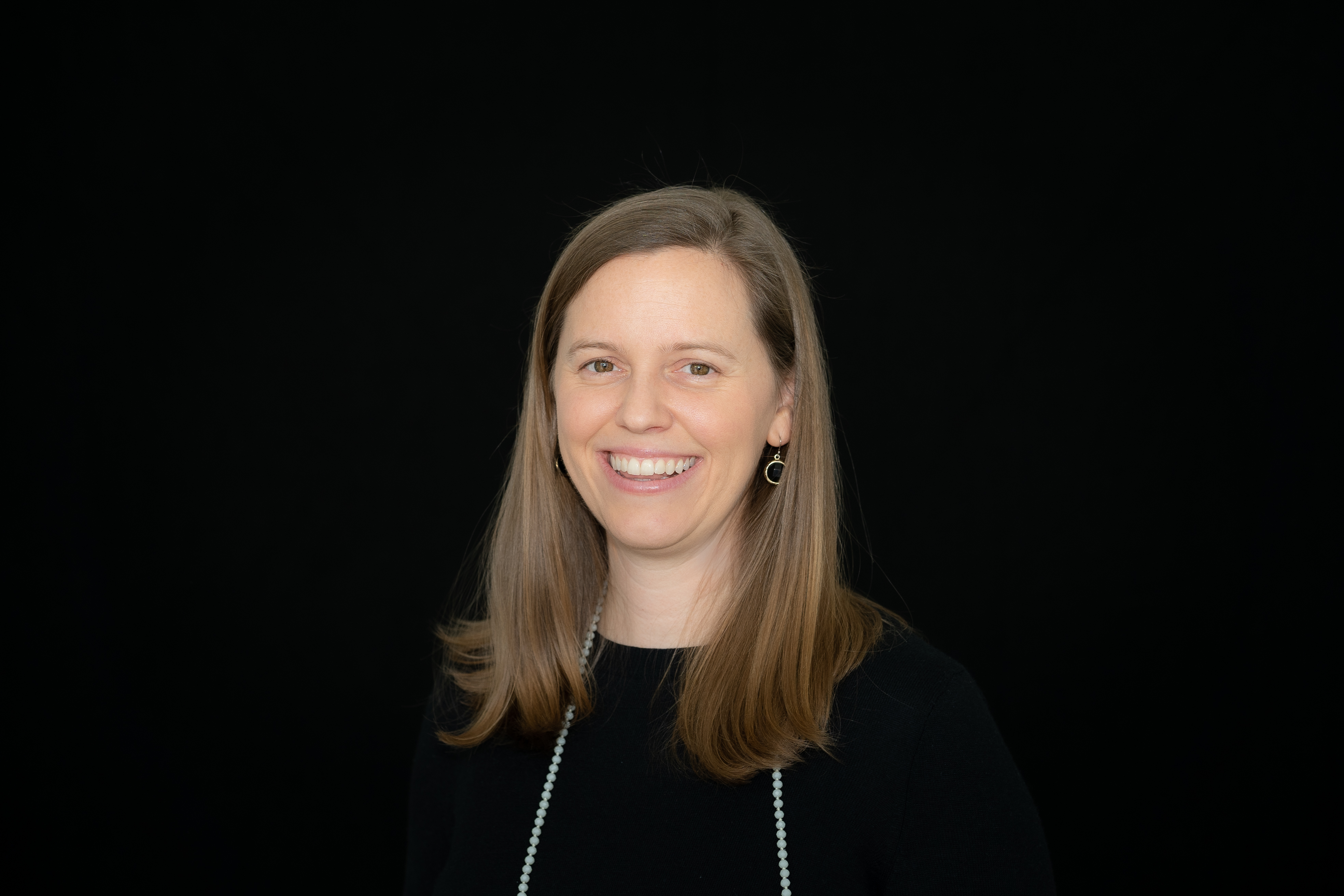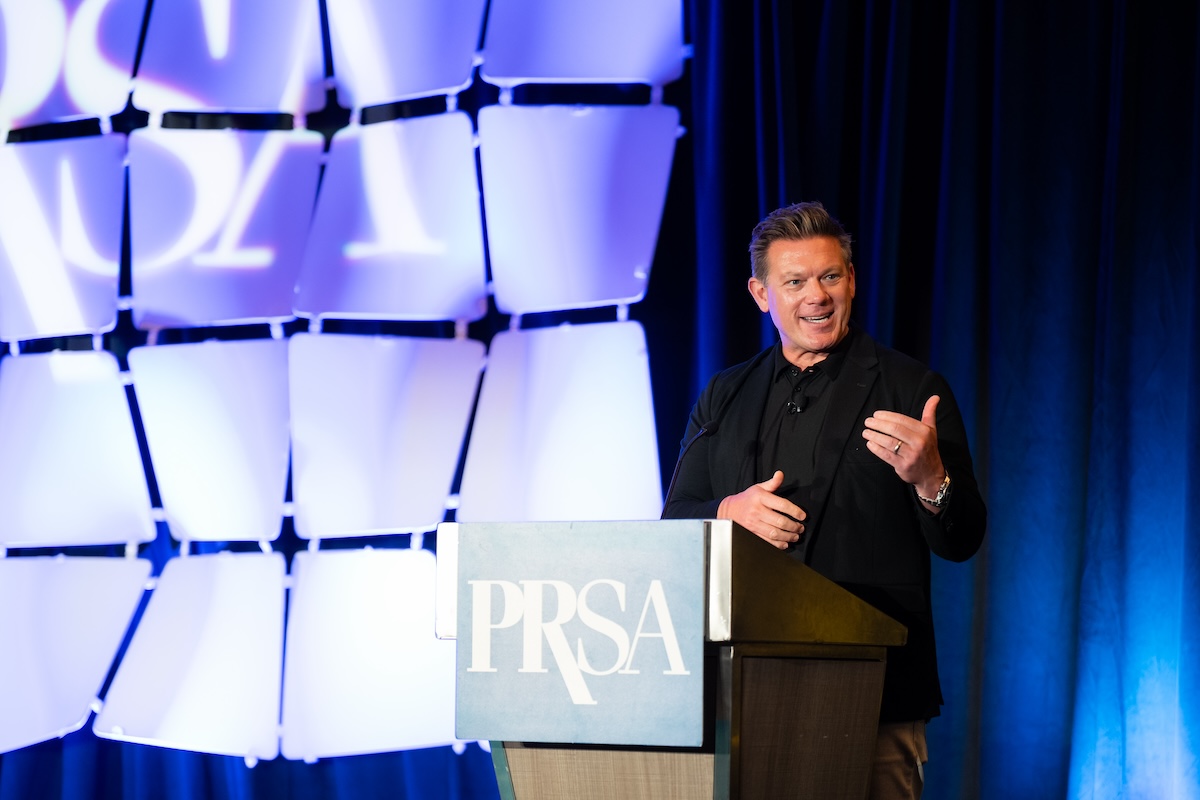Tyler Florence on Using Data and Making an Emotional Connection
By Amy Jacques
August 2024
“In a very interesting way, television found the right guy at the right time,” said celebrity chef, restaurateur, author and podcast co-host Tyler Florence, who was the luncheon keynote speaker on June 3 at PRSA’s Travel & Tourism Section Conference in Greenville, S.C. — his hometown.
The 27-year Food Network veteran and two-time James Beard nominee talked to attendees about how he got his start, the different phases of his career and how he found his path to success through data, research and having an emotional connection to his products and audience.
Florence said that his mom worked in the business office at the local TV station, WYFF, and when she was on deadline and had to close the books, he and his brother would go with her to the TV station and hang out.
His dad owned the Florence Agency, so he also grew up around advertising and marketing, and listening to pitch meetings. When Little Caesars first came to Greenville, they were one of the agency’s first big clients, and Tyler got to wear the mascot costume at various events and photo-ops around town.
After four years of restaurant training growing up in Greenville, he decided to attend culinary school at Johnson & Wales University in Charleston, S.C., and got a bachelor’s degree in hotel and restaurant management.
Then, Florence wanted to “go where the news was,” which was either New York or Paris. He didn’t speak French, so he moved to New York City with $2,500 in his pocket.
Florence worked for a few different chefs and restaurants, and then started at Cibo. “I was a 25-year-old executive chef at a restaurant that was really making noise,” he said. “After service, I would flip my chef’s coat over to the clean side and walk into the dining room with a pocket full of business cards to shake hands and ask diners how everything was tonight and tell them my name. And I did this every single night.”
He continued, “Because I grew up around marketing, I knew that what you have to do is make a great product — but then you also have to sell yourself.”
One night changed his life: Laurie Green, a producer with the Food Network, walked into the restaurant. She said the food was delicious and that she would love to have Florence on TV.
Florence said he didn’t have any intention of being on television originally; he just wanted to be the best chef in New York City. “So, when the Food Network found me, they found a guy who was prepared for the opportunity, “he said. “I went from this kid who grew up in South Carolina to a chef in New York City to international fame, all in about two years.”
But, he said, this “1.0 era” of his career and success story didn’t last forever — this career high was the first wave.
The traditional PR cycle and rise of social media
Florence talked about working with some of the top publicists in the food and lifestyle space and how they found success with the traditional PR cycle: “Draft a press release, release it to the news wire, pitch to journalists, follow up, repeat.”
On Oct. 6, 2010, everything changed when Instagram was launched, he said, noting that “the publicist and marketing world changed forever. It wasn’t about an editorial board of a magazine or the right publicist — not only were they no longer gatekeepers, but they lost the keys to the gate,” Florence said.
“Now anybody with a cellphone can jump into this publicity world. No one determines who is going to be successful other than the person who originates the content,” which he noted is especially true with the travel and tourism industry, as working with influencers to help spread a message is part of the ongoing story.
Then TikTok changed the game on a different level, and it began to democratize who was really a celebrity chef and want it meant to be a celebrity, he said. “You didn’t have to be on television anymore to be a celebrity; you just had to be famous. And where you got that fame from started to change in a deep way.”
Moving back to 2008, Florence talked about going through a professional slump with the economic downturn, with things changing seemingly overnight. He was on a successful Emmy-nominated show “Tyler Ultimate,” with a best-selling cookbook.
One day, he was told that they no longer had the money to finish the season, and the episode they were filming would be the last.
A focus on the data
“My message was: great recipes you can make at home with your friends every weekend. Then people started doing the exact same thing and posting it on social media each day by the millions; the competition became crazy.”
With the TV show ending, and no more public appearances or cooking events, he knew he needed to change gears.
Florence started looking at hard data and decided to “put some why behind the what.” He “loved the steak house genre as a ceremony” and zeroed in on people’s emotional connection to it. In 2019, he got the opportunity to open Miller & Lux at San Francisco’s Chase Center.
For this “2.0 era” of his career, he started looking at hard data, researching beef by the numbers and thinking of beef as a brand. “We used data to prove our point, and to get there and stay there in a very important way,” by connecting emotionally, he said.
“Previously, it was just about the ‘comet.’ It used to be a three-week strategy for a product launch — without any particular data to back it up — and you hoped someone saw it,” he said. “Now, we need to focus on the tail of the comet as part of the strategy. You have to pipeline in the length of your launch and message to celebrate this,” and revisit this message in different platforms and places.

The comet and the comet tail
Florence noted that when the emotional side of his work “ran out of gas,” he had been used to saying, “this is how we always communicated and this is the old bag of tricks.” So, he jumped into hard data research to prove his thesis and homed in on who he was, why he cooks and what he specializes in making. He chose steak as the direction and mission of where he wanted to go, because it felt more “tangible and explainable.”
In addition to ads, magazine covers and several national campaigns with the Food Network, Florence now has six restaurants in San Francisco. Miller & Lux has been included in the Michelin Guide for three years in a row, his barbecue live-fire competition is going to be a new TV show and his new cookbook hit No. 1 on Amazon on its May launch date.
“This is all part of the comet tail,” Florence said. “And that’s using data to communicate your best efforts because you know that data is real — numbers don’t lie. If you come up with something that’s really important, there’s so much more behind that to connect your product with your audience.”



